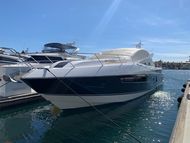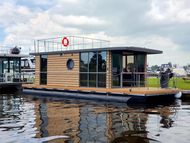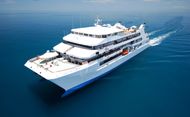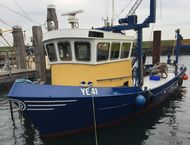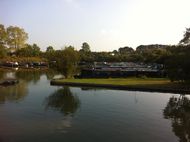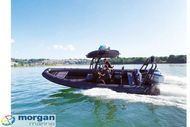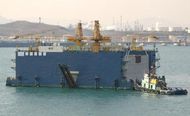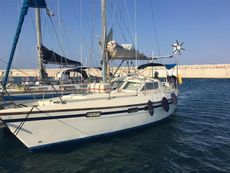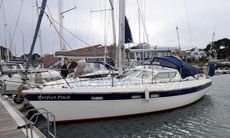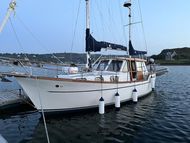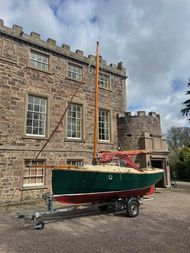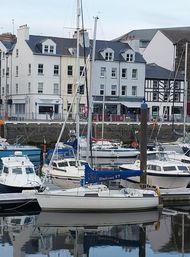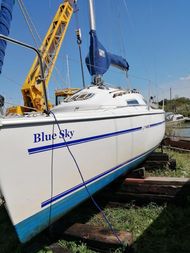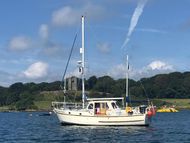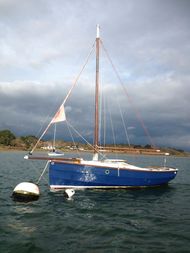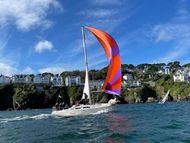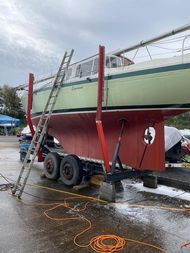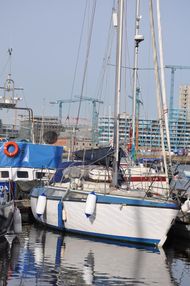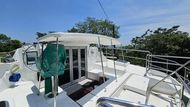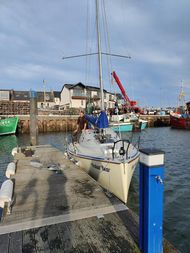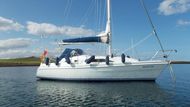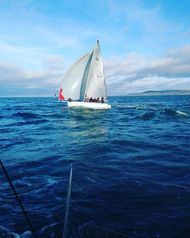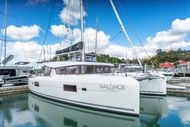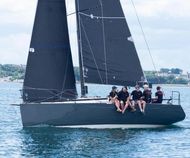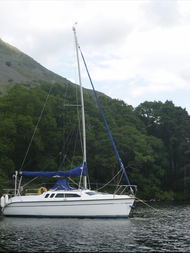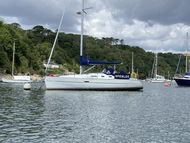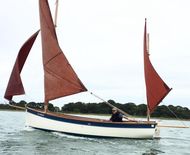1986 Northshore Southerly 115 €65,000
The Southerly 115 sailboat is a habitable cruising monohull, built by Northshore Yachts in the United Kingdom. This sailboat features a lifting keel and was designed by naval architect Humphreys.
Born before World War II, Northshore Yachts is a true British leader. With English construction, the Southerly brand has strengthened and become internationally recognized as a market leader in variable draft cruising yachts. Northshore is the main manufacturer of sailboats in the UK. Northshore Yachts, Northshore shipyard, is much more than just a shipbuilder. As often in the UK, its creators have es... read more | Year: | 1986 |
| Length: | 11.280m |
| Location: | Côte d'Azur Provence-Alpes-Cote d'Azur France |
| Price: | €65,000 |
View Details | |
1983 Southerly 115 £48,950
Features
1983 - Southerly 115. Popular and versatile 'go anywhere' lift keel quality cruiser with sound sea keeping. Designed by Dick Carter and built by Northshore Yachts. 'Perfect Pitch' is a stylish spacious, comfortable boat. Seven berths in three cabins, including a full width aft double owner's cabin. Spacious fitted galley and two separate heads compartments. Powered by a Bukh 36hp diesel engine (bench refurbished in 2019). Constantly maintained by her long term owner's with many upgrades. Must be viewed to be appreciated, by appointment at: www.harbouryachts.co.uk
Navigation
Garmin 555... read more | Year: | 1983 |
| Length: | 11.20m |
| Location: | Wareham Dorset UK |
| Price: | £48,950 Inc. Tax |
View Details | |

